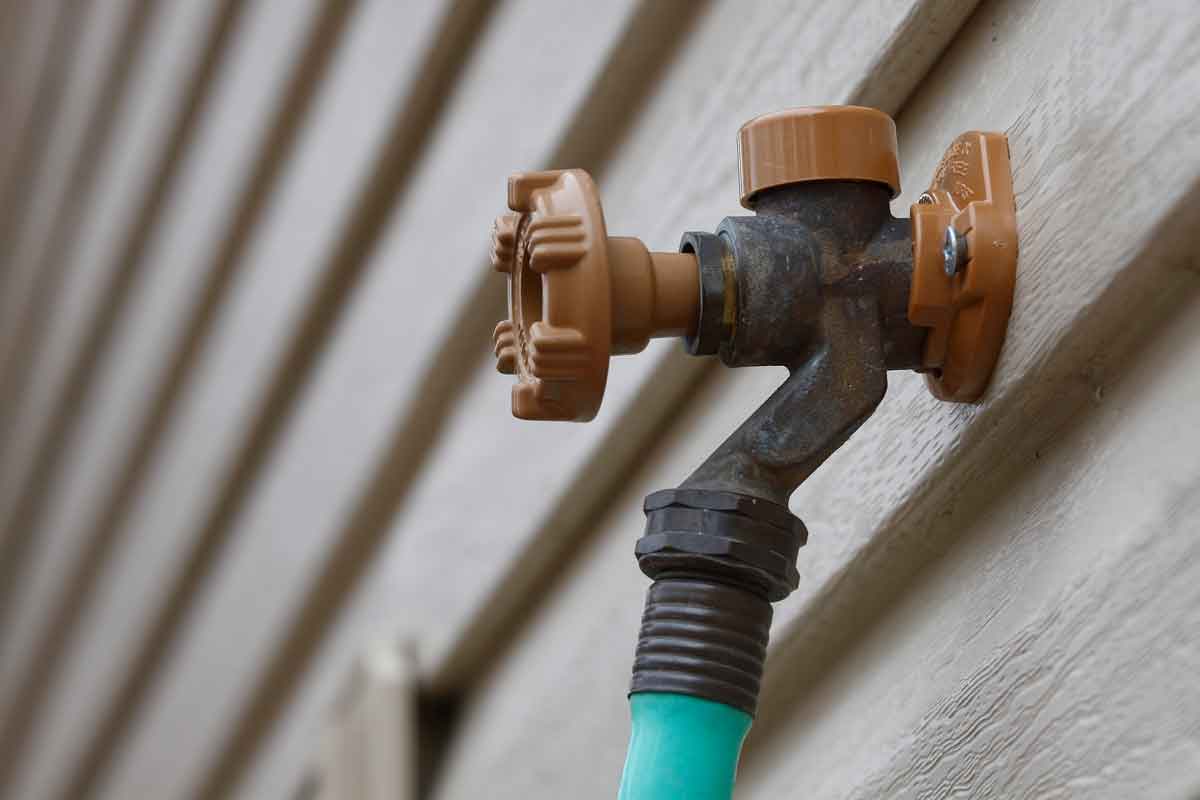

Articles
What Is Spigot In Plumbing
Modified: January 9, 2024
Discover the role of spigot in plumbing with our informative articles. Gain insights on how spigots work and their importance in maintaining a functional plumbing system.
(Many of the links in this article redirect to a specific reviewed product. Your purchase of these products through affiliate links helps to generate commission for Storables.com, at no extra cost. Learn more)
Introduction
When it comes to plumbing systems, there are various components and fixtures that play a crucial role in ensuring the smooth flow of water and efficient drainage. One such component is the spigot. While it may seem like a small and insignificant part of the plumbing setup, a spigot is actually an essential element that serves important functions in both residential and commercial plumbing systems.
In this article, we will explore the definition of a spigot in plumbing, the different types of spigots available, their common uses, how they work, the benefits of using spigots, maintenance and care tips, and potential issues that can arise with spigots.
So, let’s dive in and discover the world of spigots in plumbing.
Key Takeaways:
- Spigots are essential components in plumbing, providing controlled water flow for various applications such as gardening, outdoor cleaning, and laundry. Understanding their types, maintenance, and troubleshooting ensures reliable water access.
- The versatility and functionality of spigots make them indispensable in ensuring a reliable and efficient water supply. From controlling water flow to preventing freezing, spigots offer convenience and durability in plumbing systems.
Read more: What To Do If Outdoor Spigot Is Frozen
Definition of Spigot in Plumbing
In plumbing, a spigot refers to a valve or faucet that controls the flow of water. It is commonly used to connect hoses, pipes, or other fixtures to a water source. The spigot is typically located on the exterior of a building or in specific areas where water access is needed, such as gardens, outdoor faucets, or laundry rooms.
Also known as a hose bib or a sill cock, a spigot is designed to provide a convenient and accessible point for water connection. It is usually made of durable materials like brass or stainless steel to withstand outdoor conditions and regular use.
Spigots are available in various sizes and configurations. They can be either threaded or soldered onto a pipe, depending on the specific plumbing setup. While some spigots operate manually, others may incorporate more advanced features such as freeze-proof mechanisms, backflow prevention devices, or shut-off valves.
Types of Spigots
There are several types of spigots available in the market, each designed to serve specific purposes and cater to different plumbing needs. Let’s take a look at some of the most common types:
- Garden Spigot: Also known as an outdoor spigot or hose bib, this type of spigot is typically found in gardens or outdoor areas. It allows for easy attachment of hoses, sprinklers, or other irrigation systems to provide water for gardening, lawn care, or outdoor cleaning.
- Frost-free Spigot: A frost-free spigot, also called a freeze-proof spigot, is specifically designed to withstand freezing temperatures. It is commonly used in regions with cold climates to prevent water inside the spigot from freezing and causing damage to the plumbing system. Frost-free spigots are installed with a long stem that extends into the warmer inner section of the building, thus minimizing the risk of freezing.
- Laundry Spigot: As the name suggests, a laundry spigot is installed in laundry rooms or utility areas to provide water supply for washing machines. This type of spigot usually includes a hot and cold water connection for easy laundry tasks.
- Commercial Spigot: Commercial spigots are typically larger and sturdier than residential spigots. They are specifically designed for heavy-duty usage in commercial settings such as restaurants, hotels, or public facilities. These spigots are often made of durable materials to withstand the constant flow of water and frequent use.
- Backyard Spigot: This type of spigot is commonly found in the backyard of residential properties. It is used for various outdoor activities like filling up pools, watering plants, or washing vehicles. Backyard spigots are designed to be durable, long-lasting, and weather-resistant.
These are just a few examples of the types of spigots available in the plumbing market. The right choice of spigot depends on the specific plumbing requirements and the intended use. It is always advisable to consult a professional plumber to determine the most suitable type of spigot for your needs.
Common Uses of Spigots in Plumbing Systems
Spigots serve a wide range of purposes in plumbing systems and are utilized in various applications. Here are some common uses of spigots:
- Water Supply: One of the primary uses of spigots is to provide a controlled water supply in both residential and commercial settings. Spigots are commonly installed in kitchens, bathrooms, outdoor areas, and utility rooms to connect water pipes and allow for easy access to water.
- Gardening and Irrigation: Spigots with garden hose connections are extensively used in gardening and irrigation. They provide a convenient source of water to maintain gardens, water plants, fill watering cans, or run sprinkler systems to ensure proper hydration for vegetation.
- Outdoor Cleaning: Spigots installed on the exterior of buildings are useful for outdoor cleaning tasks. They enable homeowners or maintenance personnel to connect hoses for washing windows, rinsing off decks or patios, or cleaning vehicles or outdoor furniture.
- Laundry and Washing Machines: Spigots are essential components in laundry rooms, allowing for the connection of washing machines. They provide both hot and cold water supplies for efficient laundry operations.
- Pet Care: Spigots are valuable in maintaining pet hygiene. Outdoor spigots can be used to connect grooming attachments or hoses to facilitate pet bathing or cleaning outdoor pet areas.
- Emergency Water Supply: In emergencies or during water-related issues, such as plumbing repairs or water shutdowns, spigots can serve as temporary water sources for essential activities like drinking, cooking, or cleaning.
- Commercial Applications: In commercial settings like restaurants or hotels, spigots are utilized for various purposes such as dishwashing, cleaning kitchen utensils, filling mop buckets, or supplying water to commercial appliances or equipment.
These are just a few examples of the common uses of spigots in plumbing systems. The versatility and functionality of spigots make them indispensable components in ensuring a reliable and efficient water supply in different applications.
How Spigots Work
Understanding how spigots work is essential to grasp their functionality in plumbing systems. Although there can be variations depending on the specific type of spigot, the basic working principle is as follows:
A spigot is connected to a water source, such as a main water line or a pipe, through threaded or soldered connections. When the spigot is in its closed position, the valve inside the spigot blocks the water flow, preventing water from passing through. When the spigot is opened, the valve is lifted or turned, allowing water to flow through the spigot and into the connected fixture or hose.
Manual spigots are usually operated by turning a handle or lever. Turning the handle or lever clockwise closes the valve, while turning it counterclockwise opens the valve, allowing water to flow. Some spigots may have additional features like adjustable flow rates or spray patterns, providing flexibility in water usage.
In the case of frost-free or freeze-proof spigots, the operating mechanism is designed to prevent freezing and potential damage to the plumbing system. These spigots are typically installed with a long stem that extends into the warmer interior of the building. When the handle is turned to open the spigot, water flows from the interior plumbing system through the stem and out of the spigot. When the spigot is closed, any water remaining in the stem drains out, preventing it from freezing and causing damage.
It is important to note that the specific working mechanism may vary depending on the type and brand of the spigot. It is always advisable to refer to the manufacturer’s instructions for proper operation and maintenance guidelines.
When using a spigot in plumbing, make sure to properly seal the connection to prevent leaks. Use thread seal tape or pipe joint compound to create a tight seal and prevent water from escaping.
Read more: How To Raise Outdoor Water Spigot
Benefits of Using Spigots in Plumbing
Using spigots in plumbing systems brings several benefits that contribute to the overall efficiency, convenience, and functionality of the system. Here are some of the key benefits of using spigots:
- Controlled Water Flow: Spigots provide a means to control the flow of water in plumbing systems. The ability to easily open or close the spigot allows for precise management of water supply, preventing wastage and ensuring efficient water usage.
- Convenience and Accessibility: Spigots are typically installed in easily accessible locations, making it convenient to connect hoses, fill containers, or access water for various purposes. They eliminate the need to rely solely on faucets inside the building, offering a dedicated water source in specific areas like gardens, laundry rooms, or outdoor spaces.
- Multiple Connection Options: With the availability of threaded or soldered connections, spigots offer flexibility in connecting various fixtures, appliances, or hoses to the plumbing system. Different types of spigots cater to specific connection needs, ensuring compatibility with diverse plumbing setups.
- Protection against Freezing: Frost-free or freeze-proof spigots are designed to prevent freezing in cold climates. Their elongated stems and insulation minimize the risk of water freezing inside, reducing the potential for damage to the plumbing system during winter months.
- Enhanced Outdoor Functionality: Spigots installed in outdoor areas, such as gardens or backyard spaces, provide the necessary water supply for gardening, irrigation, or outdoor cleaning activities. They eliminate the need to rely on indoor faucets, making outdoor tasks more efficient and convenient.
- Improved Water Conservation: The control offered by spigots allows for better water conservation practices. By easily turning off the spigot when not in use, water wastage can be minimized, promoting eco-friendly habits and reducing water bills.
- Durability and Longevity: Spigots are typically constructed from durable materials like brass or stainless steel, ensuring longevity and resistance to weather conditions and regular use. When properly maintained, spigots can withstand the demands of daily water supply needs and provide long-term reliability.
Incorporating spigots into plumbing systems allows for greater control, convenience, and efficiency when it comes to accessing water for various purposes. They offer a range of benefits that contribute to a well-functioning and dynamic plumbing setup.
Maintenance and Care of Spigots
Maintaining and caring for spigots is essential to ensure their optimal performance, longevity, and prevention of potential issues. Here are some maintenance and care tips for spigots:
- Regular Cleaning: Dirt, debris, and mineral build-up can accumulate on the spigot’s surface and inside the valve over time. Regularly clean the spigot with a soft cloth or sponge and a mild cleaning solution to remove any grime or deposits. Avoid using harsh chemicals or abrasives that may damage the spigot’s finish.
- Inspection for Leaks: Periodically inspect the spigot for any signs of leaks or drips. Check for water pooling around the base of the spigot or any visible water leakage when the spigot is in use. If a leak is detected, tighten any loose connections or consider replacing worn-out seals or washers.
- Protect from Freezing: For frost-free spigots, ensure proper insulation and protection during winter months to prevent freezing. Disconnect hoses, drain any remaining water from the spigot, and use faucet covers or insulation sleeves to shield the spigot from freezing temperatures.
- Preventative Measures: Use backflow prevention devices or check valves to prevent the return flow of water into the plumbing system. This helps in maintaining the safety and integrity of the water supply and reduces the risk of contamination.
- Check for Damage or Wear: Regularly inspect the spigot for any signs of damage, such as cracks, rust, or corrosion. Pay attention to the handle, valve, and connecting parts. Replace any damaged or worn-out components promptly to prevent further issues and ensure proper functionality.
- Winterize Outdoor Spigots: Before the onset of winter, ensure proper winterization of outdoor spigots. Shut off the water supply to the spigot, drain any remaining water by opening the spigot, and close it again to prevent freezing and potential damage. Consider using insulation covers or foam protectors for added protection.
- Professional Service: If you encounter persistent issues or significant damage to your spigot, it is advisable to contact a professional plumber for repair or replacement. They can provide expert assessment and ensure proper installation or repairs.
Following these maintenance and care practices will help keep your spigots in good condition, prolonging their lifespan and ensuring their reliable performance in your plumbing system.
Potential Issues and Troubleshooting with Spigots
While spigots are designed to be reliable and durable, they can occasionally encounter issues that require troubleshooting. Here are some potential issues you may encounter with spigots and troubleshooting steps:
- Leaking Spigot: If you notice water leaking from the spigot even when it is closed, it is likely due to a worn-out washer or faulty seal. Try tightening any loose connections, replacing the washer or seal, or contacting a plumber for repair if the issue persists.
- Low Water Pressure: If the water pressure from the spigot seems weak, it could be due to a clogged aerator or valve. Remove the aerator and clean it thoroughly to remove any debris or mineral deposits. If the problem persists, there may be an issue with the plumbing system, and it is advisable to consult a professional.
- Dripping Spigot: A dripping spigot can be caused by a worn-out or damaged valve. Try tightening the handle or replacing the valve to resolve the issue. If the dripping persists, it may require professional attention to assess and repair the spigot.
- Frozen Spigot: In cold climates, spigots can freeze, leading to potential damage. If the spigot freezes, shut off the water supply to the spigot, open the spigot to allow any remaining water to drain, and use heating methods or insulation to thaw the spigot. Ensure proper insulation and winterization in the future to prevent freezing.
- Stuck or Difficult to Turn: If the handle of the spigot becomes difficult to turn or gets stuck, it may be due to debris or mineral build-up inside the valve. Try cleaning the valve and lubricating it with a silicone-based lubricant. If the issue persists, it may require replacement or professional attention.
- No Water Flow: If no water flows from the spigot when it is turned on, it could be due to a closed water supply valve or a blockage in the plumbing system. Ensure that the water supply valve is open, check for any clogs or blockages, or contact a plumber for assistance in identifying and resolving the issue.
It is important to approach any troubleshooting steps with caution and consult a professional plumber if you are unsure or if the issue persists. They can provide accurate diagnosis and repair guidance to ensure the proper functioning of your spigots and plumbing system.
Conclusion
Spigots play a vital role in plumbing systems, providing controlled water flow and convenience in various applications. Whether it’s supplying water for gardening, outdoor cleaning, laundry, or other everyday needs, spigots offer a reliable and accessible water source.
In this article, we explored the definition of spigots in plumbing, the different types of spigots available, and their common uses. We discussed how spigots work, the benefits they bring to plumbing systems, and the importance of proper maintenance and care.
By understanding the functionality and purpose of spigots, homeowners and plumbers can make informed decisions when choosing the right type of spigot for their specific needs. Regular maintenance, cleaning, and winterization can help prevent issues and ensure the longevity of spigots in the plumbing system.
Should you encounter any problems with your spigots, it is recommended to troubleshoot the issue or seek professional assistance when necessary. Timely repairs or replacements can help maintain the efficiency and functionality of your plumbing system.
In conclusion, spigots are essential components in plumbing systems that provide a convenient and controlled water supply. Their versatility, durability, and ability to meet various plumbing needs make them an integral part of residential and commercial plumbing setups.
By understanding how spigots work, their benefits, and proper maintenance practices, you can ensure that your spigots continue to operate efficiently, providing reliable water access for years to come.
Frequently Asked Questions about What Is Spigot In Plumbing
Was this page helpful?
At Storables.com, we guarantee accurate and reliable information. Our content, validated by Expert Board Contributors, is crafted following stringent Editorial Policies. We're committed to providing you with well-researched, expert-backed insights for all your informational needs.
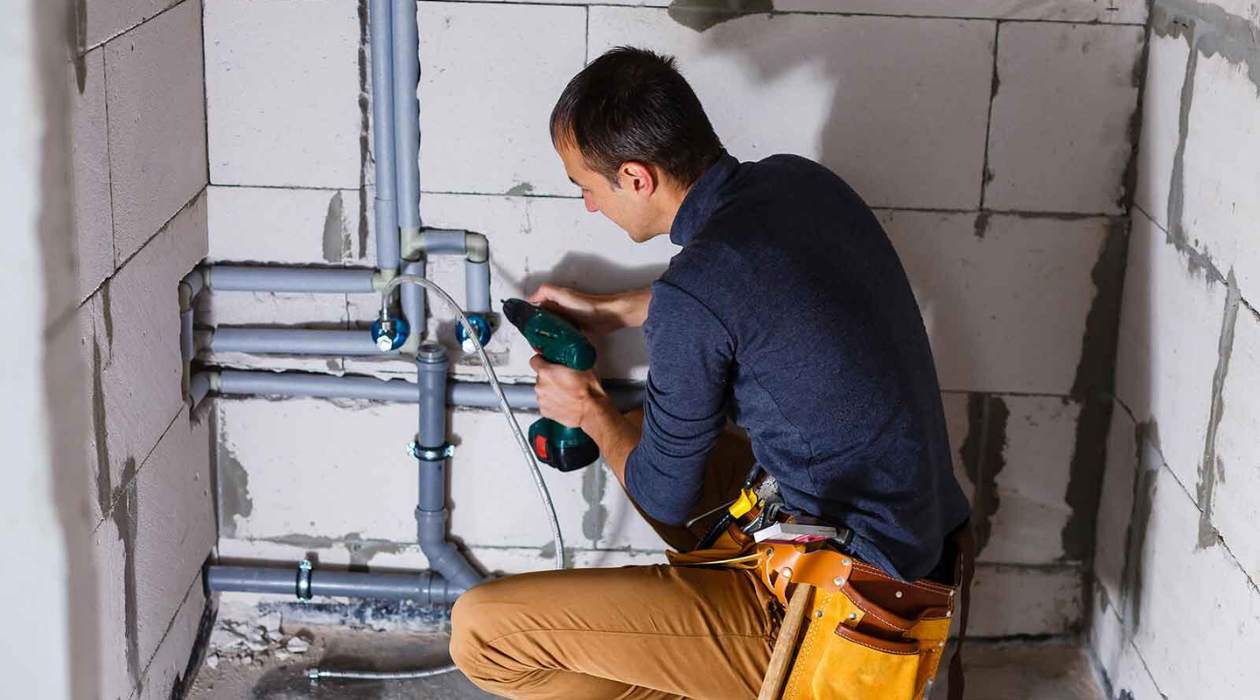
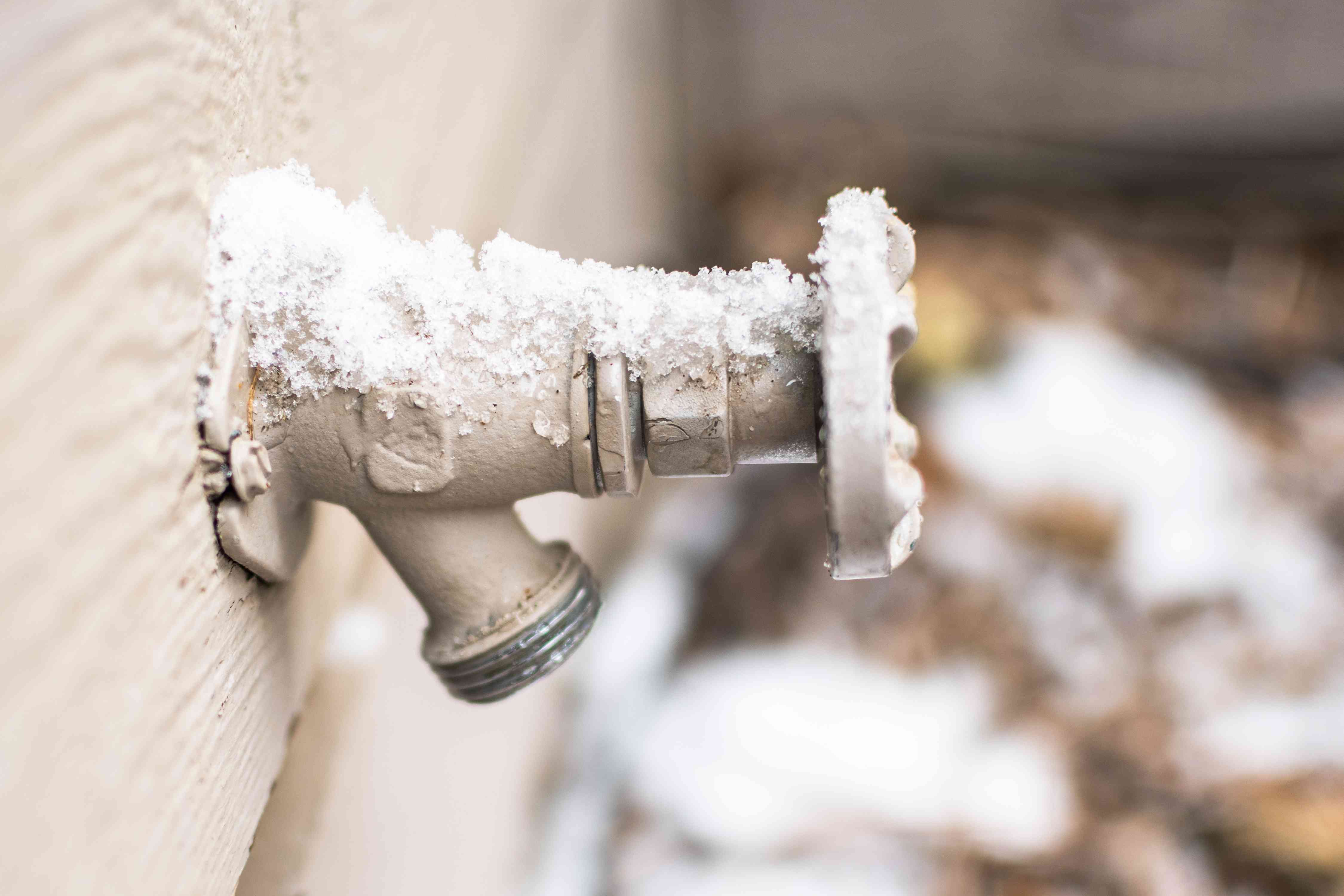
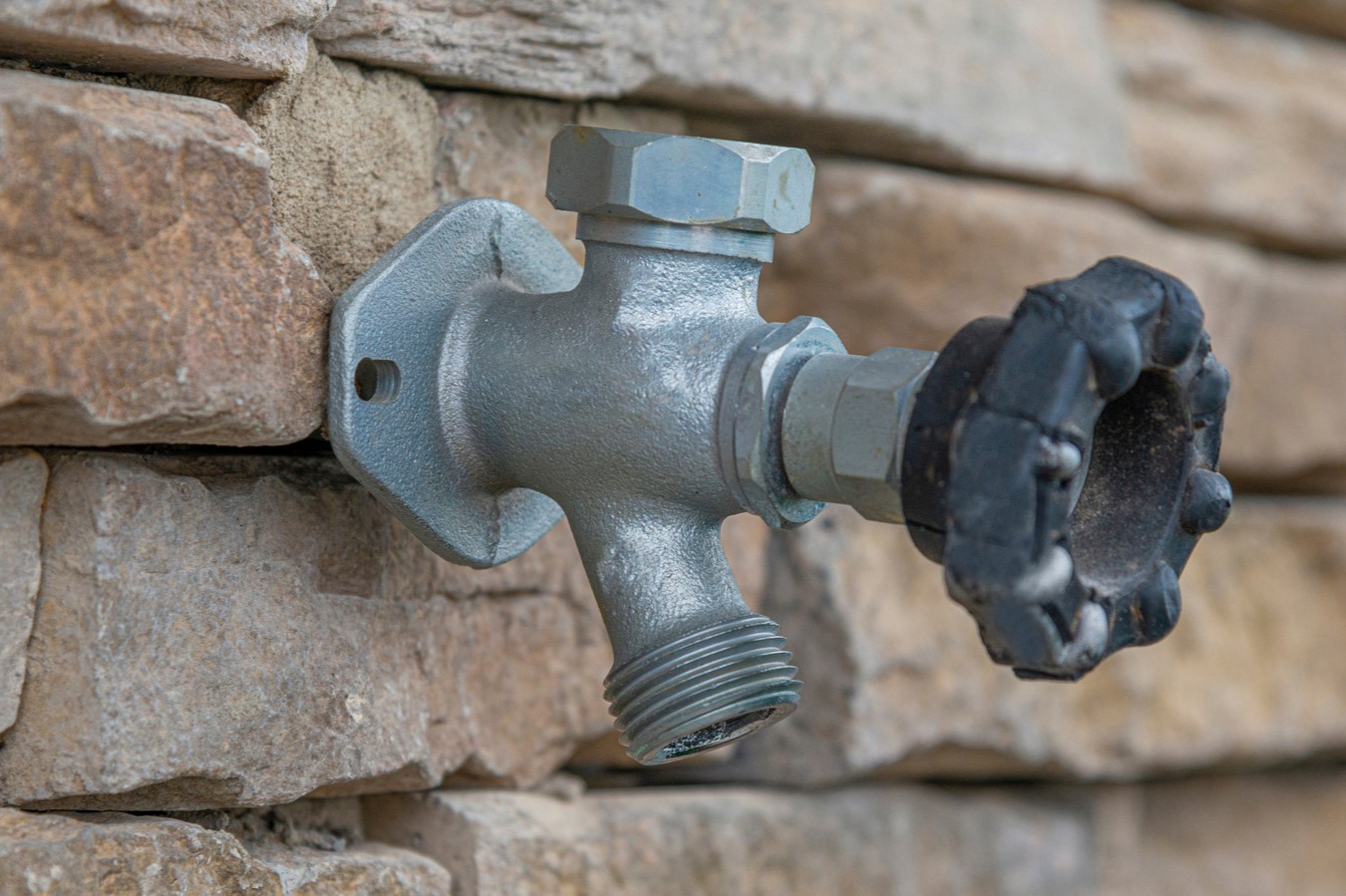
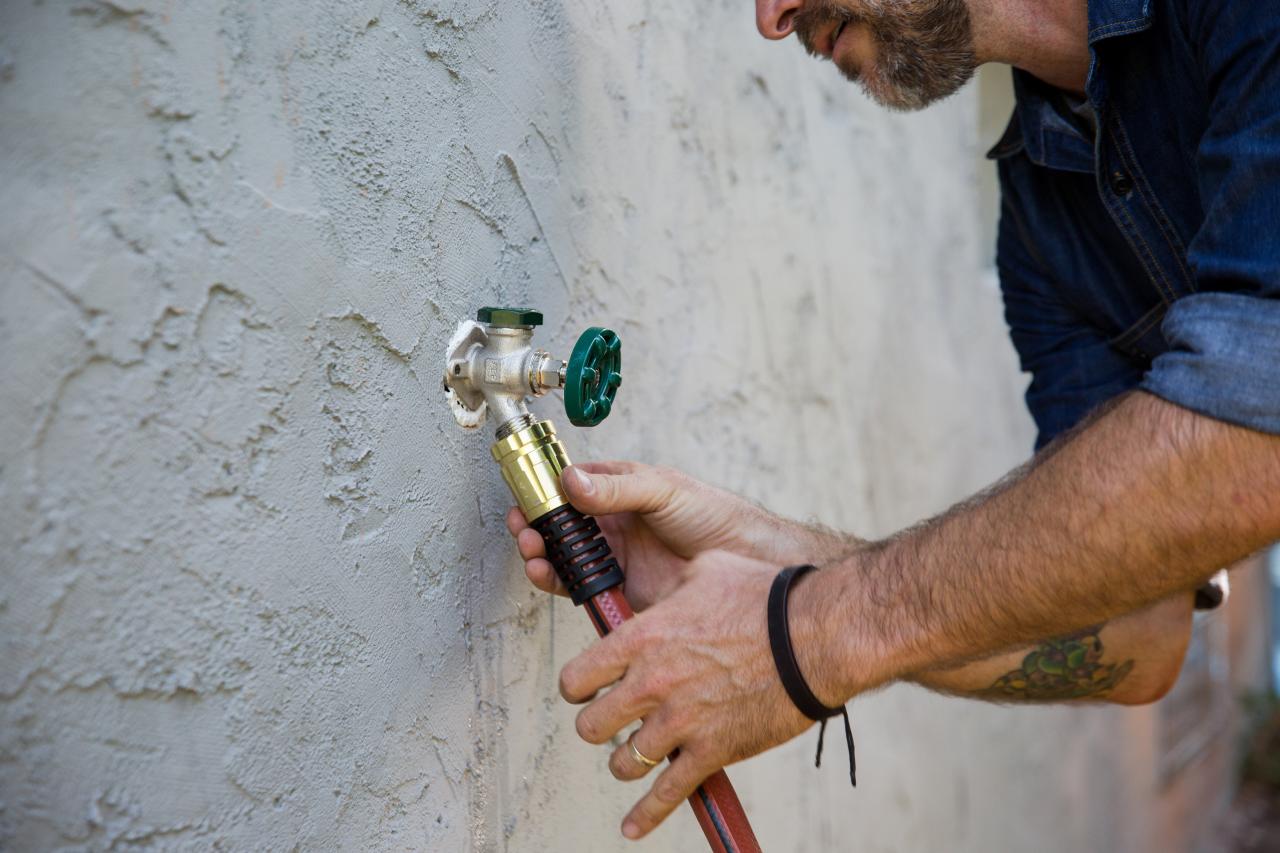
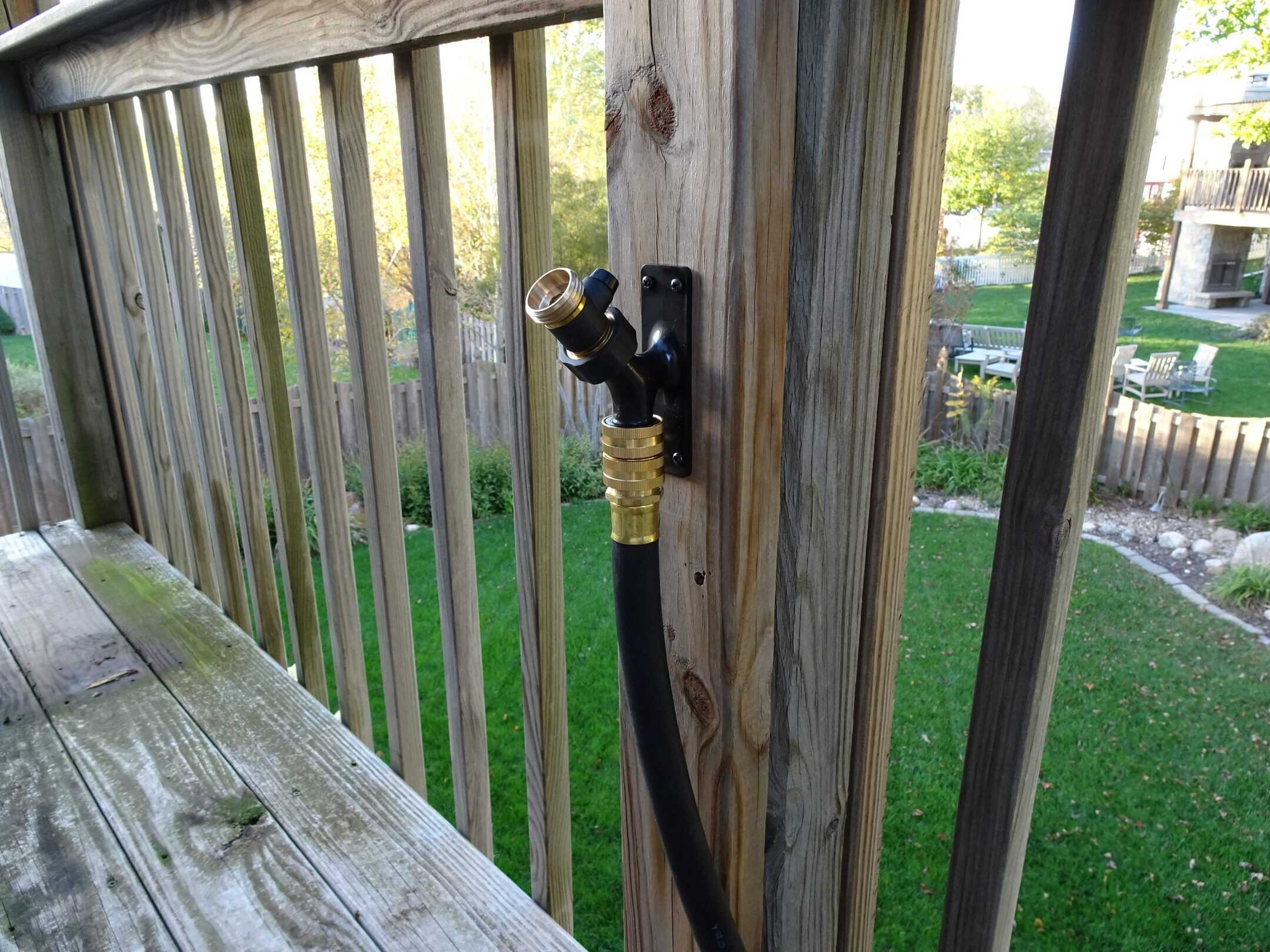
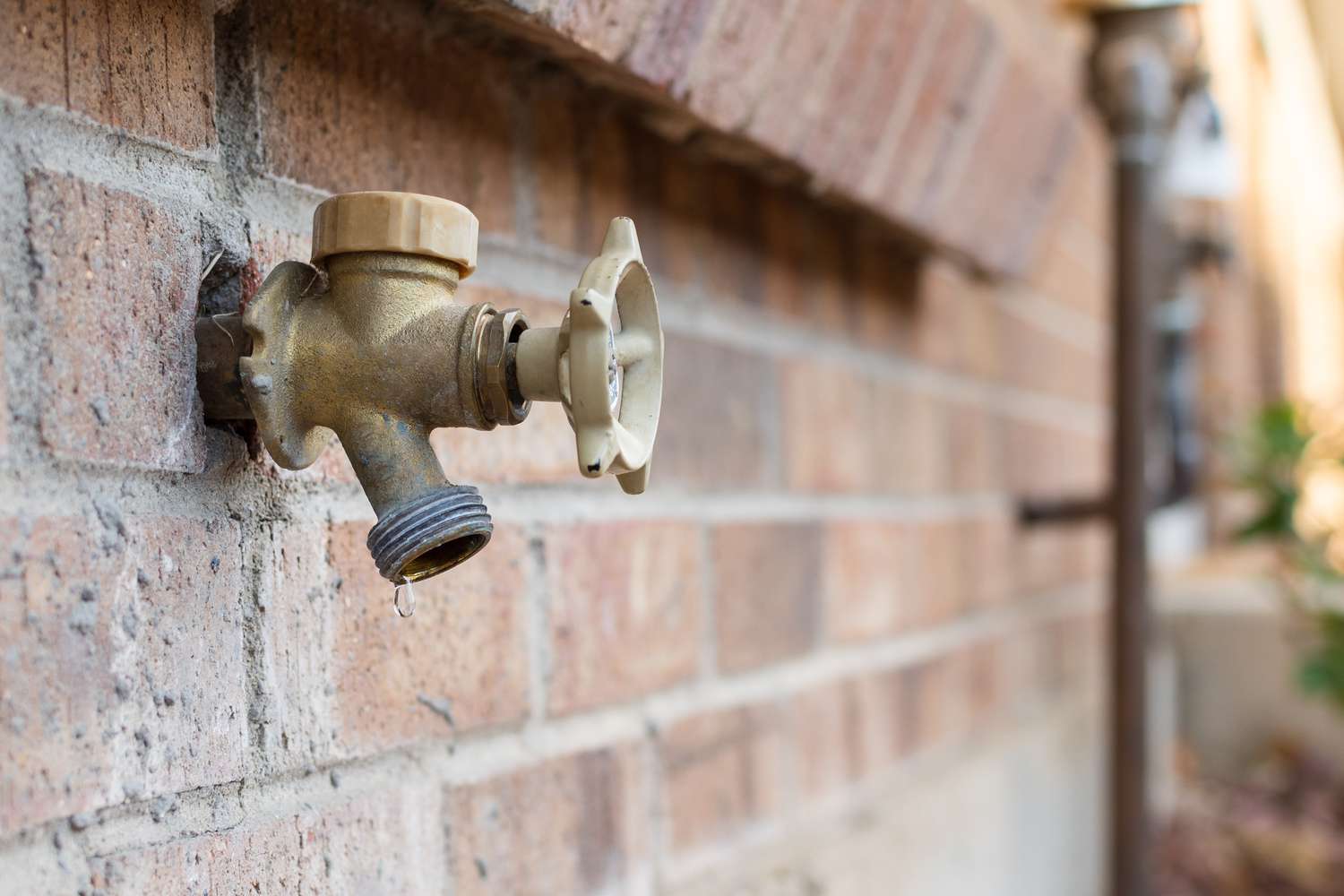
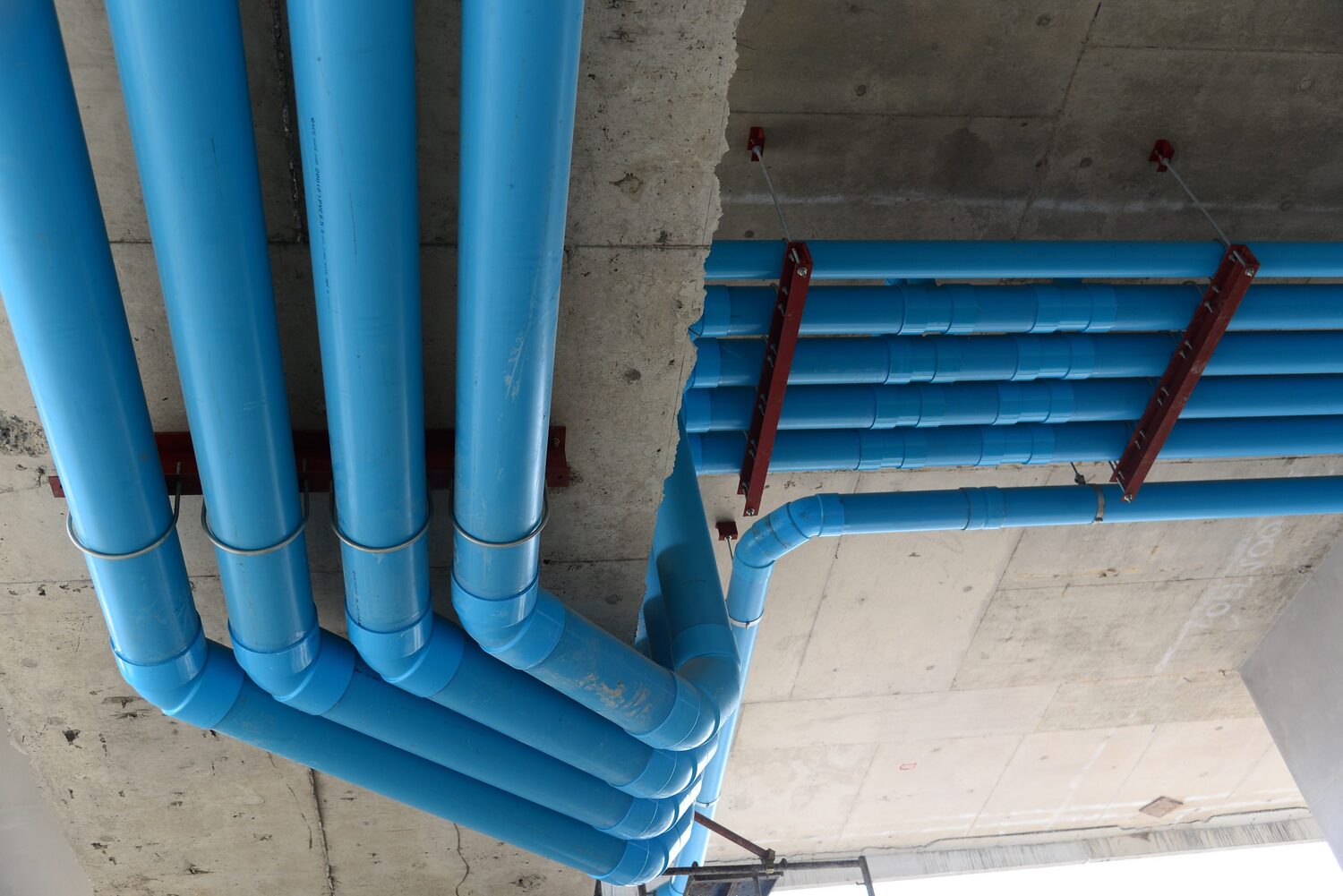
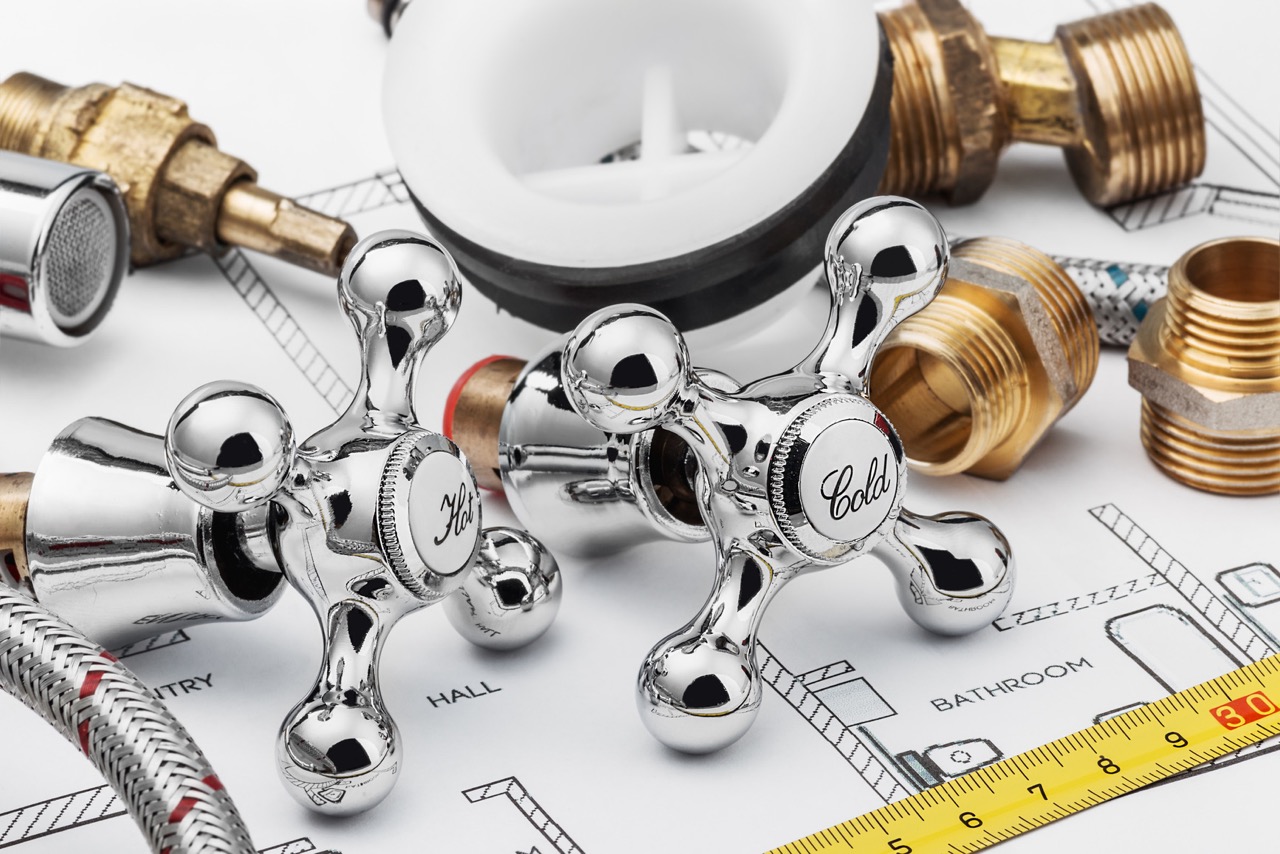
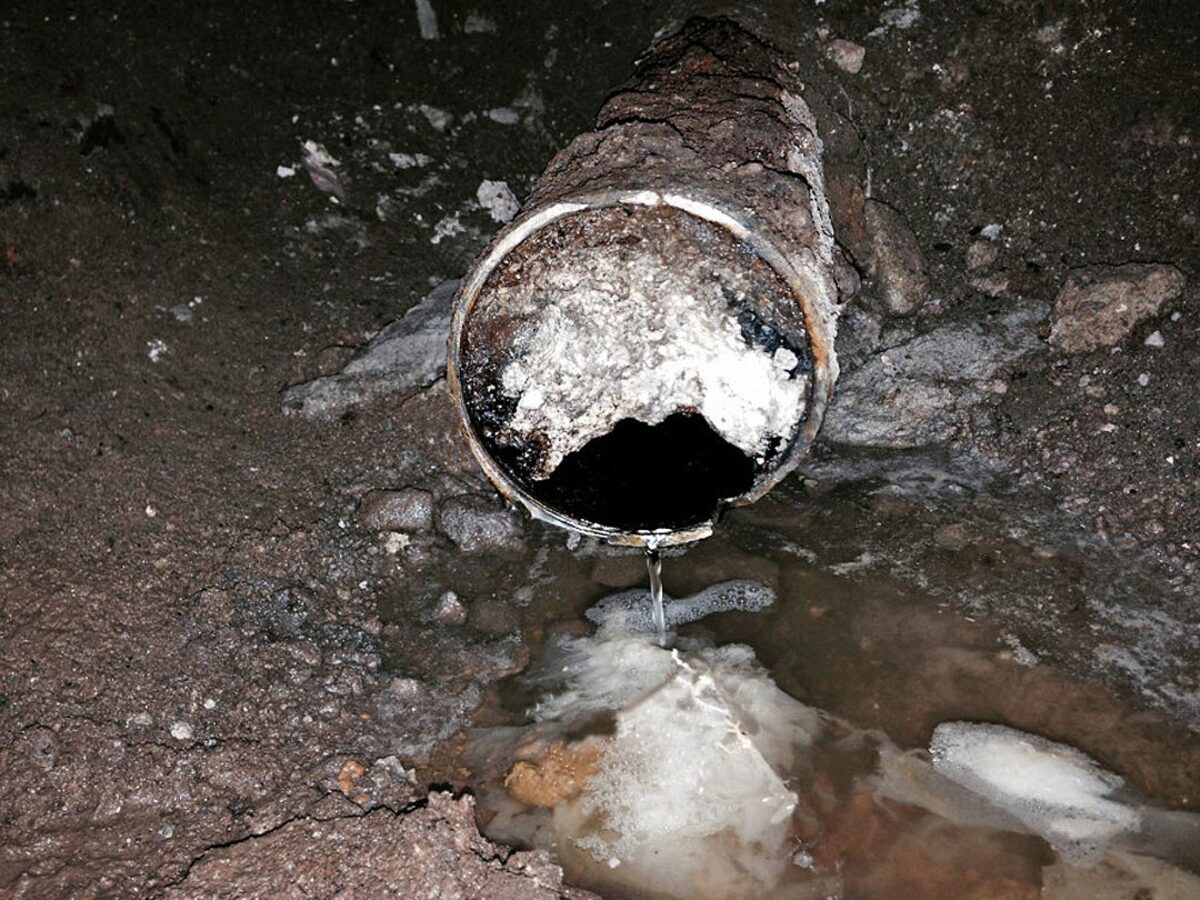
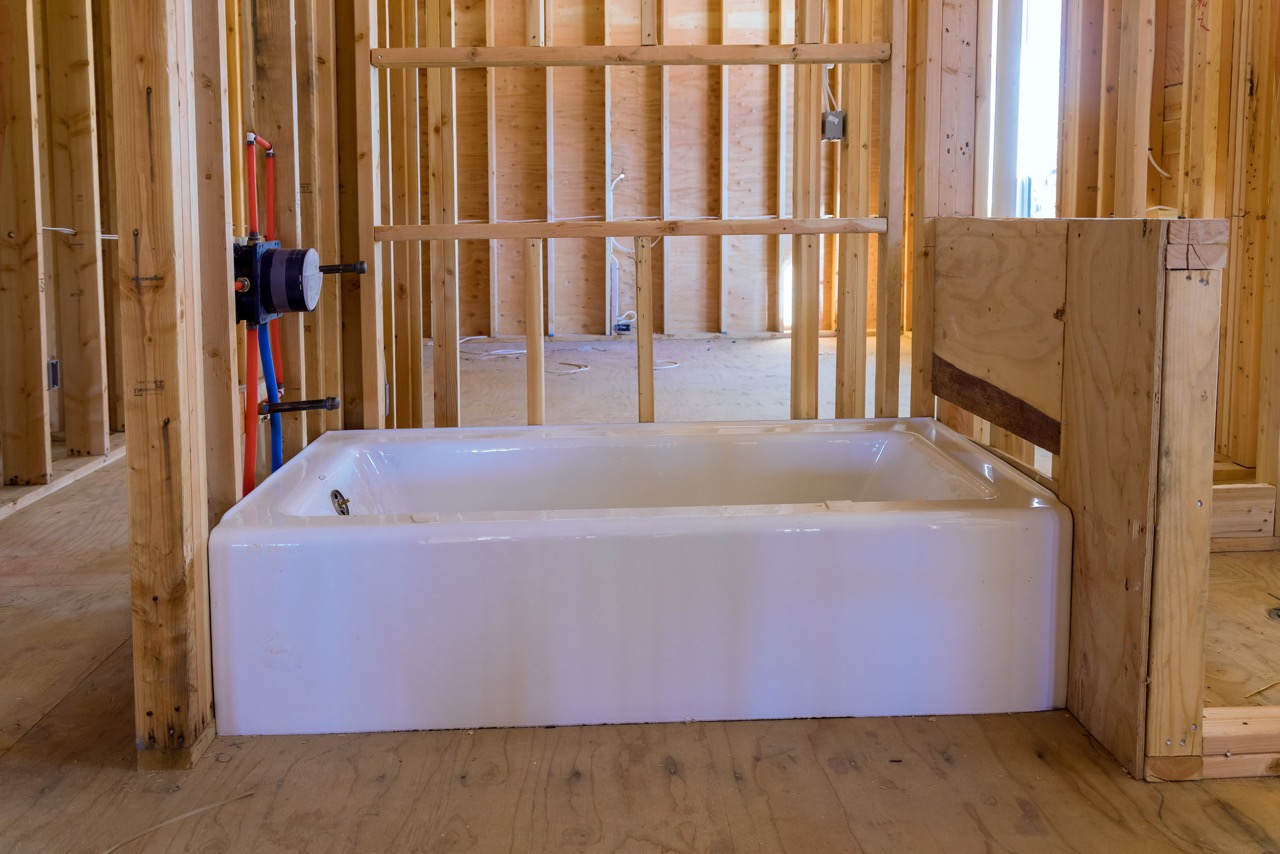

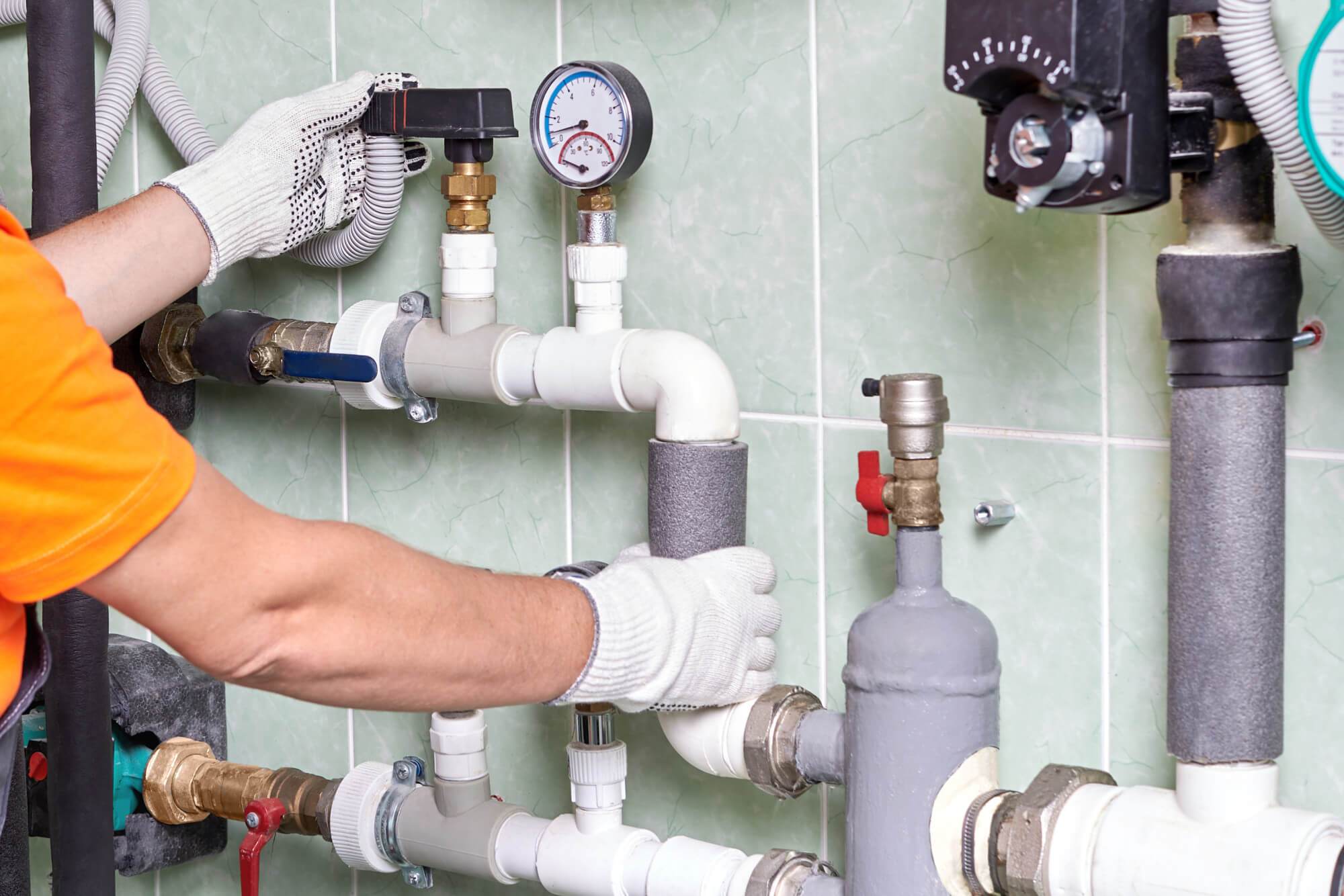
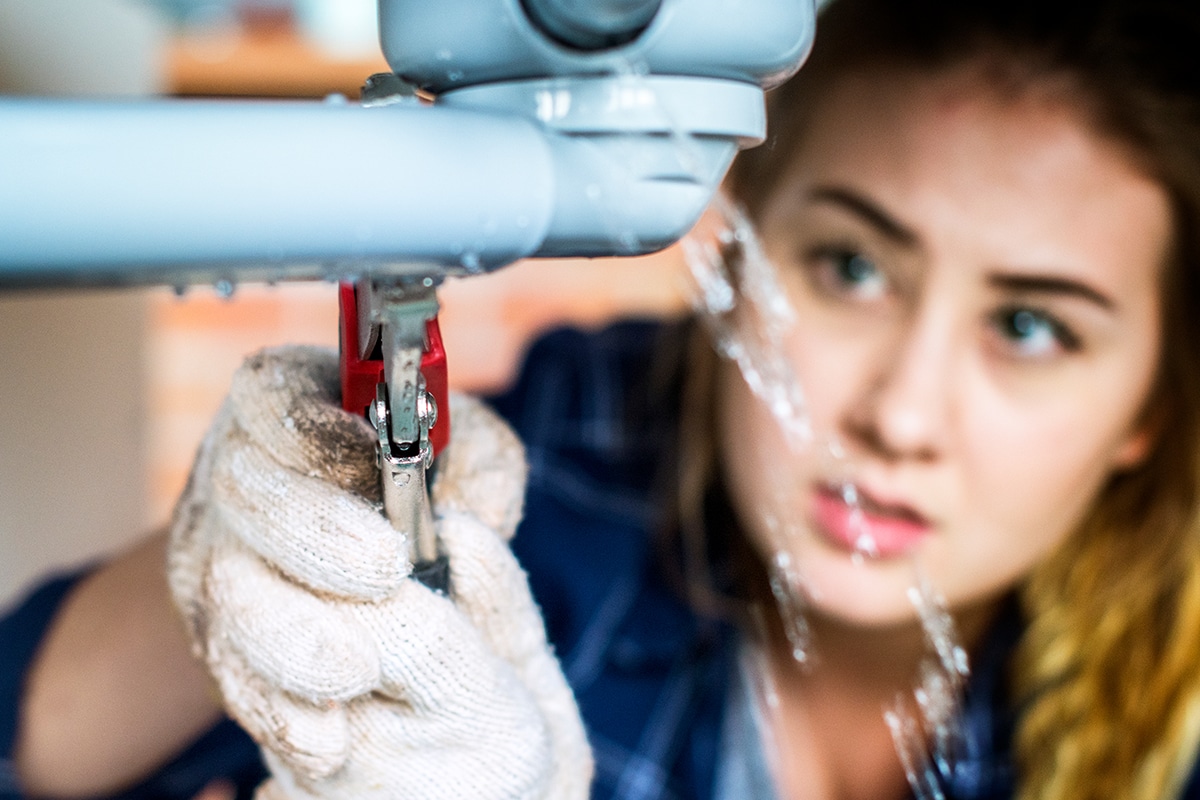
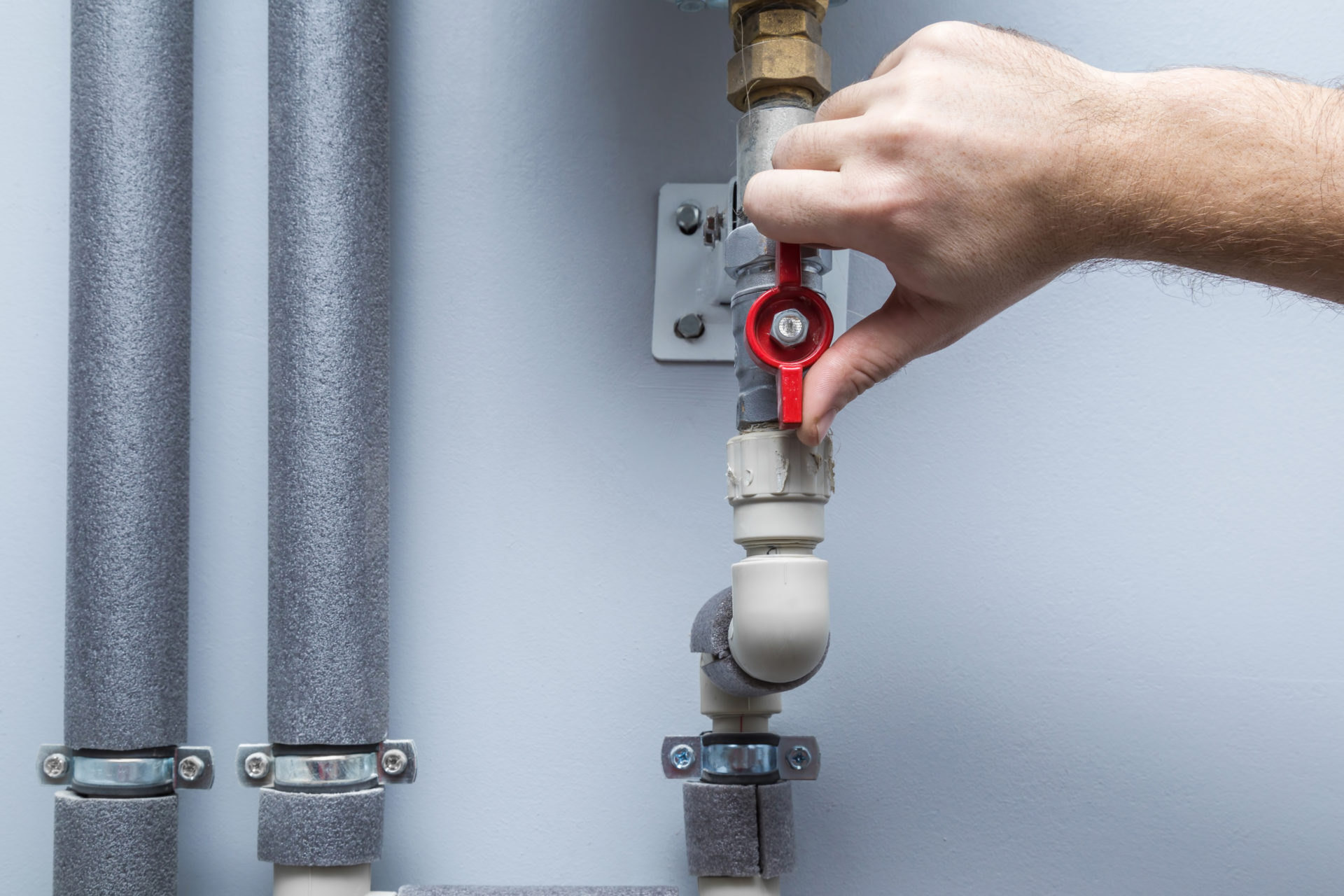

0 thoughts on “What Is Spigot In Plumbing”